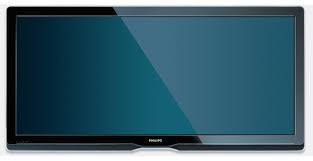Go motion is a variation of stop motion animation,and was co-developed by Industrial Light & Magic and Phil Tippett. It was used for some shots of the tauntaun creatures in the 1980 Star Wars film The Empire Strikes Back,he dragon in Dragonslayer (1981),he lord demon creature in Howard the Duck (1986), the winged satan character in The Golden Child (1986), and the Eborsisk dragon in Willow (1988).
Technical explanation
Stop motion animation can create a disorienting, and distinctive, staccato effect, because the animated object is perfectly sharp in every frame, since each frame of the animation was actually shot when the object was perfectly still. Real moving objects in similar scenes of the same movie will have motion blur, because they moved while the shutter of the camera was open.
Go motion was designed to prevent this, by moving the animated model slightly during the exposure of each film frame, producing a realistic motion blur. The main difference is that while the frames in stop motion are made up by images of stills taken between the small movements of the object, the frames in go motion are images of the object taken while it is moving. This frame-by-frame, split-second motion is almost always created with the help of a computer, often through rods connected to a puppet or model which the computer manipulates to reproduce movements programmed in by puppeteers.
Vaseline
This crude but reasonably effective technique involves smearing petroleum jelly on the camera lens, then cleaning and reapplying it after each shot, a time-consuming process but one which creates a blur around the model. This technique was used for the endoskeleton in The Terminator.








